
CSS: The Definitive Guide. Visual Presentation for the Web. 4th Edition Eric Meyer, Estelle Weyl
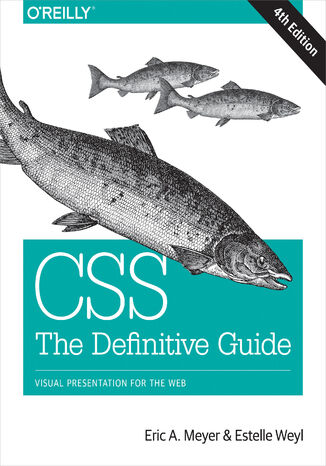

- Autorzy:
- Eric Meyer, Estelle Weyl
- Wydawnictwo:
- O'Reilly Media
- Ocena:
- Stron:
- 1090
- Dostępne formaty:
-
ePubMobi
 opcje wysyłki »
opcje wysyłki »
Opis
książki
:
CSS: The Definitive Guide. Visual Presentation for the Web. 4th Edition
If you’re a web designer or app developer interested in sophisticated page styling, improved accessibility, and saving time and effort, this book is for you. This revised edition provides a comprehensive guide to CSS implementation, along with a thorough review of the latest CSS specifications.
CSS is a constantly evolving language for describing the presentation of web content on screen, printers, speech synthesizers, screen readers, and chat windows. It is used by all browsers on all screen sizes on all types of IoT devices, including phones, computers, video games, televisions, watches, kiosks, and auto consoles. Authors Eric Meyer and Estelle Weyl show you how to improve user experience, speed development, avoid potential bugs, and add life and depth to your applications through layout, transitions and animations, borders, backgrounds, text properties, and many other tools and techniques.
This guide covers:
- Selectors, specificity, and the cascade
- Values, units, fonts, and text properties
- Padding, borders, outlines, and margins
- Colors, backgrounds, and gradients
- Floats and positioning tricks
- Flexible box layout
- The new Grid layout system
- 2D and 3D transforms, transitions, and animation
- Filters, blending, clipping, and masking
- Media and feature queries
Wybrane bestsellery
Eric Meyer, Estelle Weyl - pozostałe książki
O'Reilly Media - inne książki
Dzięki opcji "Druk na żądanie" do sprzedaży wracają tytuły Grupy Helion, które cieszyły sie dużym zainteresowaniem, a których nakład został wyprzedany.
Dla naszych Czytelników wydrukowaliśmy dodatkową pulę egzemplarzy w technice druku cyfrowego.
Co powinieneś wiedzieć o usłudze "Druk na żądanie":
- usługa obejmuje tylko widoczną poniżej listę tytułów, którą na bieżąco aktualizujemy;
- cena książki może być wyższa od początkowej ceny detalicznej, co jest spowodowane kosztami druku cyfrowego (wyższymi niż koszty tradycyjnego druku offsetowego). Obowiązująca cena jest zawsze podawana na stronie WWW książki;
- zawartość książki wraz z dodatkami (płyta CD, DVD) odpowiada jej pierwotnemu wydaniu i jest w pełni komplementarna;
- usługa nie obejmuje książek w kolorze.
Masz pytanie o konkretny tytuł? Napisz do nas: sklep@ebookpoint.pl
Książka drukowana


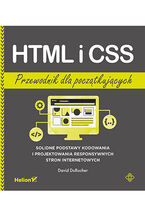

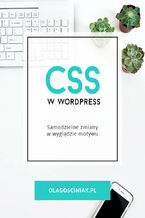

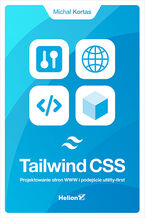

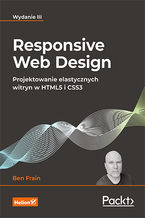


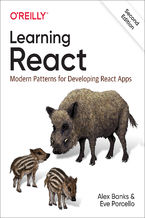

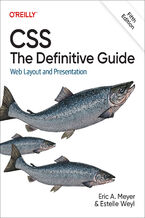
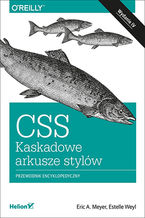
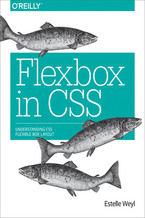
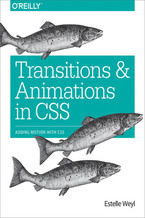

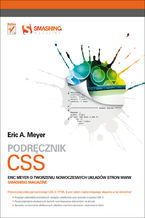
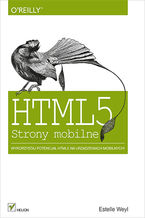
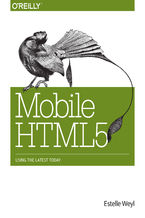






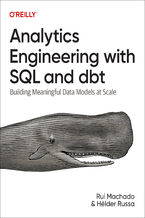
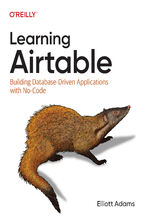
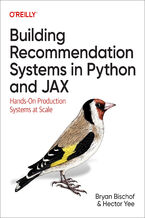

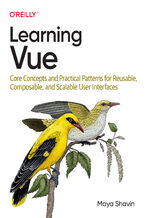
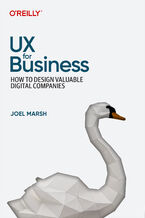
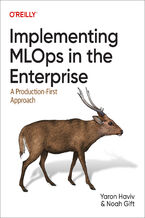


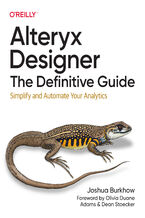
Oceny i opinie klientów: CSS: The Definitive Guide. Visual Presentation for the Web. 4th Edition Eric Meyer, Estelle Weyl
(0)